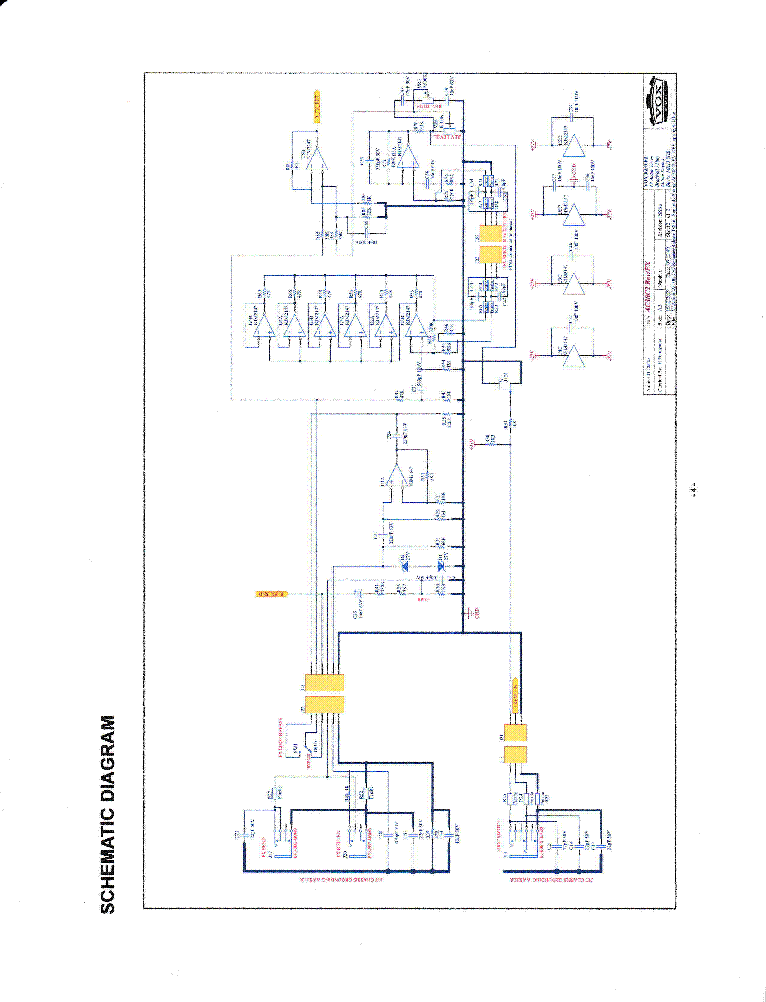


For the modifications I am doing, I am just going to have to solder them to the visible side of the panel, seen in the picture below and be careful. I guess I'll have to desolder the switches in the future and find another way to remove them from the panel. That usually means that the switch body itself is broken internally. I actually scratched one of them up trying to turn it and noticed that the threaded part of the toggle switch was turning with it. The only issue I came across is that three of the chrome decorative threaded caps for the four toggle switches on the control panel PCB would not come off. There are four main PCBs - The power section PCB, preamp PCB, control panel PCB, and the rear panel PCB - which houses the effects loop, speaker jacks and reverb I/O. It's a very ingenious design, while it takes a bit of time to visualize where everything is, the layout of each PCB is very easy to view, and you can follow the circuit design quite simply. The rectifier, power tubes and transformers are mounted up from the power board - but the preamp board is mounted vertically, with the preamp tubes extending horizontally. Instead of all the tubes mounted up or down, the AC30 uses many different planes. Unlike other amps I've worked on, the AC30CC chassis is a little different. After removing the back wood panel, disconnecting the the reverb and speaker cable, there are four screws holding the chassis in place, then the chassis slides out.


 0 kommentar(er)
0 kommentar(er)
